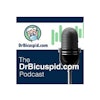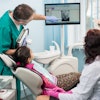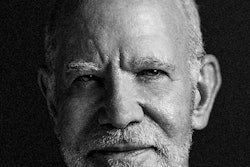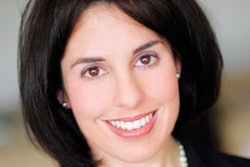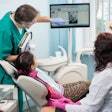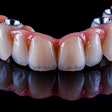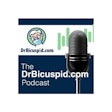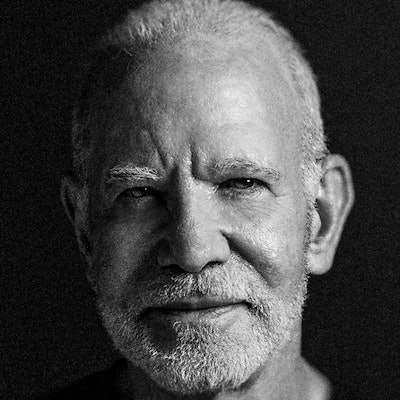
I have spent time looking and reflecting on the barriers to successful medical-dental integration. The scientific and medical merits of integration are now vividly evident, built on high-quality evidence. There's no question that oral health is a determinant in systemic health. Just as eye-opening, there's clear awareness of the cost savings and improved health outcomes when dentistry is integrated.
One major barrier to integration that can't be dodged, and undoubtedly needs to be addressed and then transformed, is the relationship between physicians and dentists. On a social level, they're fine with each other, or at least tolerate each other. But on a professional provider level and core values level, there is a chasm. Work needs to be done for both parties to cross this chasm.
 Dr. Marc Cooper.
Dr. Marc Cooper.Ever since the establishment of the first dental school in 1840, dentistry has remained a separate entity from medicine. It has been its own island in the healthcare system. This separation has been perpetuated by siloed education, divergent practices, different reimbursement incentives, different compensation structures, different missions, different personality types, different cultures, and, most important, different contexts.
Access to dental care is difficult due to socioeconomic disparities. There are few (if any) government programs for adults to get dental care. Dental coverage is the first to be dropped when healthcare costs are in question, leaving many people seeking dental care in hospital emergency rooms where basically nothing can be done but pain management. The estimated cost of these dental emergency room (ER) visits is $1.6 billion a year, with worsening health outcomes downstream. That ER cost climbs every year.
You can't kick this can down the road much longer. Without a true collaborative partnership between physicians and dentists, integration will not be led by the providers working it out among themselves, but rather by governing agencies, licensing agencies, and third parties, forcing it to happen. Conscription versus creativity. Coercion rather than choice.
You can't leave $1.6 billion on the table, along with its continued deleterious effect on people's health, costing billions more over time. Patients get worse not better when dentistry isn't part of their treatment.
When I speak with physicians about being colleagues with dentists, I hear this: "When I need a cardiologist, urologist, or pulmonologist, I pick up the phone and a colleague on call answers relatively quickly. But when there is a dental problem to be seen, I get an answering service." The same scenario is repeatedly echoed by the ER doctors to whom I have spoken.
There are many inherent differences and prejudices between dentists and physicians. How do you close the gap? How do you bring the dentist and physician into alignment so that the necessary care is delivered for mutually shared patients? These are the questions that would be most powerful to address now rather than later.
This is one of the topics we will address at the Integration of Healthcare in Dental Practice Conference, set for November 2-4 in Phoenix. I hope to see you there.
Dr. Marc Cooper is the president of MBC Consultants. Cooper has worked throughout the healthcare industry during his career, with the majority of his clients being in the dental industry. His current focus is coaching leaders, dentists, and senior executives on how to effectively navigate their organizations and lead their respective teams during this period of tremendous uncertainty.
The comments and observations expressed herein do not necessarily reflect the opinions of DrBicuspid.com, nor should they be construed as an endorsement or admonishment of any particular idea, vendor, or organization.

